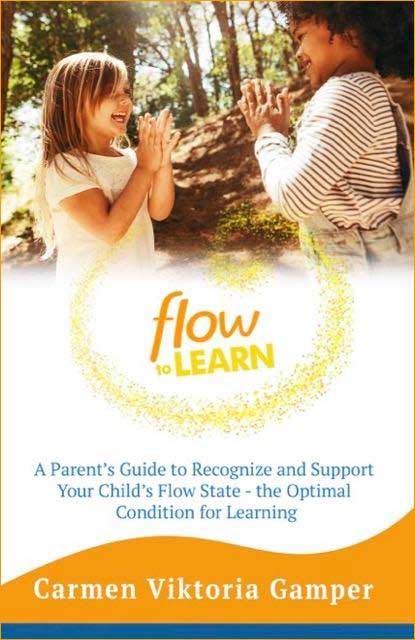Mothers, fathers, or primary caregivers play an important role as a child’s first teacher. Parents teach their children how to eat with a fork and knife, tie their shoelaces, and brush their teeth. Later, they might teach them how to play basketball, tell time, and bake cookies.
For parents who are homeschooling, the list of things they teach will go on and on. They will clarify math concepts, help sound out words as they learn to read, and explore principles of science.
All of these teaching moments can become precious memories of connecting and learning together. Parents can capitalize on their role as their child’s first learning companion and instill a love for learning when they approach it using these strategies:
1. Wait for their questions. Allow your child to ask questions or requests that you show them a skill. Make sure the child knows that you are available to help with what he or she is trying to do. Give guidance, but step back and let the child work on his or her own for as long as necessary. As the saying goes, “When the student is ready, the teacher will appear.” Children will be much more open to help when they request it.
2. Provide an example. Whenever possible, give an example of what you are explaining to minimize misunderstandings. For instance, when you are introducing kitchen scales, have one at hand and point to each specific part that you describe. If you don’t have an item to demonstrate, show a photo or drawing.
3. Explain things as simply as you can. Albert Einstein said, “If you can’t explain it simply, you don’t understand it well enough.” Often those in educational roles take the tact that subject matter explained in a more complex way promotes greater intelligence. Actually, the opposite is true. The simpler an explanation, the more easily the students will understand.
4. Show or explain as often as necessary. Describing or demonstrating a concept once may not be enough. Instead, show it to a child as many times as they wish. Young children in particular benefit from repeated demonstrations of a skill or activity. Have patience and let them learn at their own pace.
5. Take time to show each step separately. Show each step, even simple ones, isolated from the next one. This is especially important when you show hands-on skills to young children. For example, when showing children how to cut out paper snowflakes, first show how to hold scissors and ensure they can accomplish simple paper cutting. Then show how to cut along a line. Next show how to fold a paper square in half, then in quarters. And finally show how to cut triangles into that folded paper square so they become snowflake patterns once unfolded.
6. Allow children to self-correct mistakes. Instill a growth mindset by supporting your child to learn through trial and error. It doesn’t matter if a child doesn’t get it right immediately. Each step is part of a personal and necessary learning process. Allow the child to enjoy each step and instill confidence in the learning process by not criticizing mistakes. The child will self-correct over time as he or she learns and sees what works and what doesn’t.
7. Instruct using your own material. Instead of altering the child’s work, show instructions on your own paper or using your own material. In this way, you don’t take possible learning steps away from a child. You can instruct how you would complete the exercise with your own material, narrating each step you take. For instance, don’t help with a child’s picture by drawing the perfect flower on it. If a child wants to know how to draw a flower, show the child by drawing it on your own piece of paper. Stay positive and enjoy the process of your child becoming a life-long learner. You will observe that even simple tasks teach your child ways of how to learn that he or she can use later in more complex tasks. Basic intellectual skills such as focusing on a chosen topic, problem-solving and planning next steps, developing a strategy, estimating and anticipating results, and calculating risks can be learned while building with blocks, playing catch, or making scrambled eggs.
 Carmen Viktoria Gamper has worked internationally as an educator, advisor, and speaker for child-centered education. After co-creating two innovative schools in Europe, she founded the New Learning Culture program to support parents and schools in safely offering child-directed, flow-rich learning environments. Her new book is: Flow to Learn: A 52 Week Parent’s Guide to Recognize and Support Your Child’s Flow State – the Optimal Condition for Learning (New Learning Culture Publishing, March 22, 2020). Learn more at flowtolearn.com.http://www.flowtolearn.com
Carmen Viktoria Gamper has worked internationally as an educator, advisor, and speaker for child-centered education. After co-creating two innovative schools in Europe, she founded the New Learning Culture program to support parents and schools in safely offering child-directed, flow-rich learning environments. Her new book is: Flow to Learn: A 52 Week Parent’s Guide to Recognize and Support Your Child’s Flow State – the Optimal Condition for Learning (New Learning Culture Publishing, March 22, 2020). Learn more at flowtolearn.com.http://www.flowtolearn.com




















